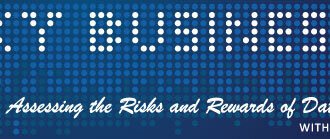After the first stage of real application process of the OLAP in interactive analytics and OLAP – Part I, we will start OLAP application of stage 2.
After the first stage of real application process of the OLAP in interactive analytics and OLAP – Part I, we will start OLAP application of stage 2.
Those guesses in part I of interactive data analytics are just the basis for forecast. After operating for a period of time, a constructed business system can also accumulate large quantities of data (so called complex data calculation), and these guesses have most probably been evaluated by these accumulated data, when evaluated to be true, they can be used in forecast; when evaluated to be false they will be re-guessed.
It needs to be noted that these guesses are made by users themselves instead of the computer system! Instant data analytics is started by human being in OLAP. What a computer should do is to help a user to evaluate according to the existing data, the guess to be true or false, namely, on-line data query (including certain aggregation computation). This is just the application process of OLAP. The reason why on-line analysis is needed is that many query computations are temporarily required after a user has seen a certain intermediate result. In the whole process, model in advance is impossible and unnecessary (Raqsoft esProc is born to deal with these issues).
We call the above process evaluation process, whose purpose is to find from historical data some laws or evidences for conclusions, and the means adopted is to conduct interactive query computation on historical data. And this process can be a complex data calculation.
- The following are a few examples actually requiring computations (or queries):
- The first n customers whose purchases from the company account for half of the sales volume of the company of the current year;
- The stocks which go up to the limit for three consecutive days within one month;
- Commodities in the supermarket which are sold out at 5 P.M for three times within one month;
- Commodities whose sales volumes in this month have decreased by more than 20% over those of the preceding month;
…
Evidently, this type of computation demand is ubiquitous in business analysis process and all can be computed out from historical database.
Then, can the narrowed OLAP be used to complete the above-mentioned data computation process?
In the third part of Interactive Analytics and OLAP, i will answer the question above.
Sponsored by http://www.raqsoft.com
To be continued…
Related Articles:







